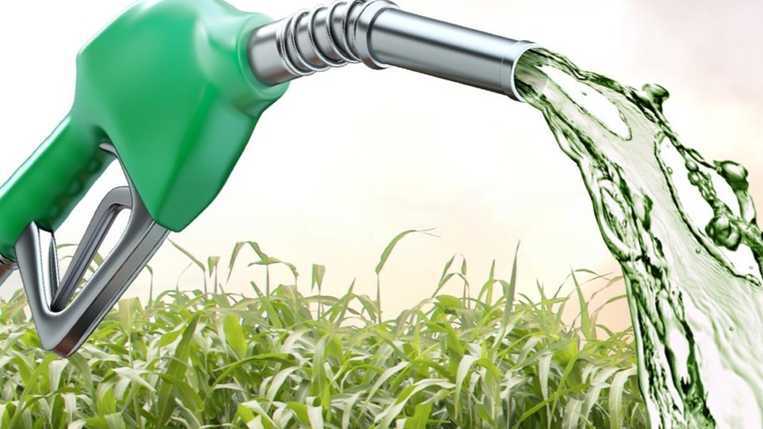
T&B Petroleum/Press Office Unica

Data published by the National Agency of Petroleum, Natural Gas and Biofuels (ANP) and compiled by the Union of the Sugarcane Industry (UNICA) indicate that, from January to August 2020, fuel consumption in the Otto cycle totaled 30, 80 billion liters, a decrease of 12.3% in relation to the total registered in the same period of 2019.
The share of ethanol in the total volume consumed by the light vehicle fleet reached 47.0%, the second highest rate observed in the entire historical series in this period. In the states of Mato Grosso, Goiás and São Paulo, renewables indicate even more expressive results, representing about two thirds of fuel consumption, with 67.9%, 62.2% and 63.6%, respectively. In Minas Gerais and Paraná, ethanol met 53.8% and 47.2% of the Otto cycle demand, respectively.
In August, hydrated ethanol consumption grew for the fourth consecutive month in Brazil. The total sold totaled 1.56 billion liters, indicating a significant recovery in sales of biofuel, which increased 29.50% over the volume sold in April, a month in which there was a strong retraction due to social isolation measures.
"Despite the declines recorded due to the pandemic, fuel consumption has been reestablishing and the high competitiveness of ethanol in the main consumer centers compared to its fossil competitor has boosted sales. So much so that in August ethanol was the only fuel that grew in compared to the month of July ", evaluates Antonio de Padua Rodrigues, technical director of UNICA.
"Renewable, in addition to being a more financially viable option for consumers, brings countless environmental benefits for the whole society due to the lower emission of pollutants", he adds.
In the accumulated from January to August 2020, most of the federation units showed a decrease in the volume of ethanol demanded. The average retraction was 15.8%, varying from 9.7% in Mato Grosso to 24.9% in Paraná.
Three states are outside the rule, registering an increase in ethanol sales. They are Bahia, Mato Grosso do Sul and Tocantins, which grew by 21.2%, 9.2% and 11.7% in hydrous consumption, respectively

Contact us